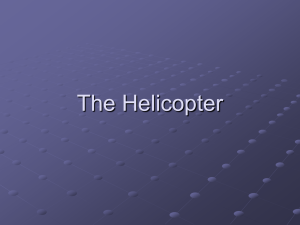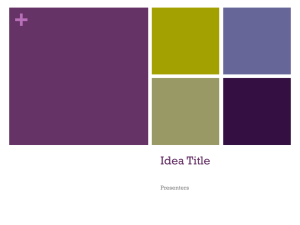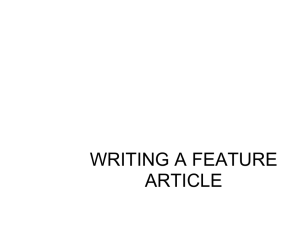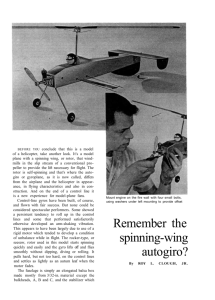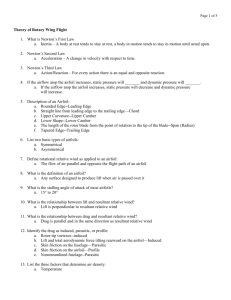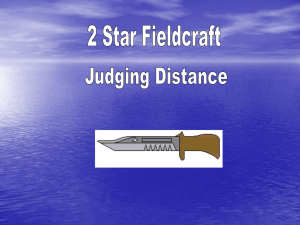Principles of Flight LO6
advertisement
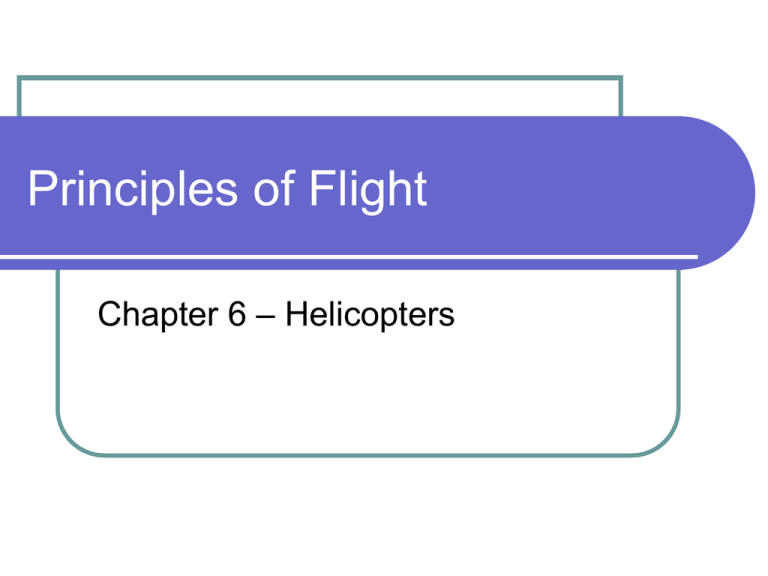
Principles of Flight Chapter 6 – Helicopters Introduction A helicopter generates both lift and thrust by using its rotor blades rather than wings. Blades are just wings which spin round on a central axis. Lift To generate more lift the blades must be pitched to increase the angle of attack. Pilots control known as the Collective pitch control. Horizontal Flight The thrust is provided by tilting the disc in the direction required Pilots control called cyclic pitch control or stick. Horizontal Flight The thrust is provided by tilting the disc in the direction required Pilots control called cyclic pitch control or stick. Horizontal Flight The thrust is provided by tilting the disc in the direction required Pilots control called cyclic pitch control or stick. Horizontal Flight The thrust is provided by tilting the disc in the direction required Pilots control called cyclic pitch control or stick. Torque Reaction Is the force that tries to make the fuselage spin in the same direction as the blades. Counteracted by using a tail rotor to push the fuselage in the opposite direction. By altering the pitch of the tail rotor blades it can yaw the aircraft. Helicopters with 2 blades – each rotor spins in different directions. Torque Reaction Torque Reaction Controls 4 Controls Collective Pitch – On left hand side, pulls up to increase lift and vice versa. Hand Throttle – On the collective pitch stick, twists to give more power to rotor. Cyclic Pitch – Stick between legs, left to go left, forward to go forward etc. Tail Rotor - Feet Pedals, Right to yaw right and vice versa.

